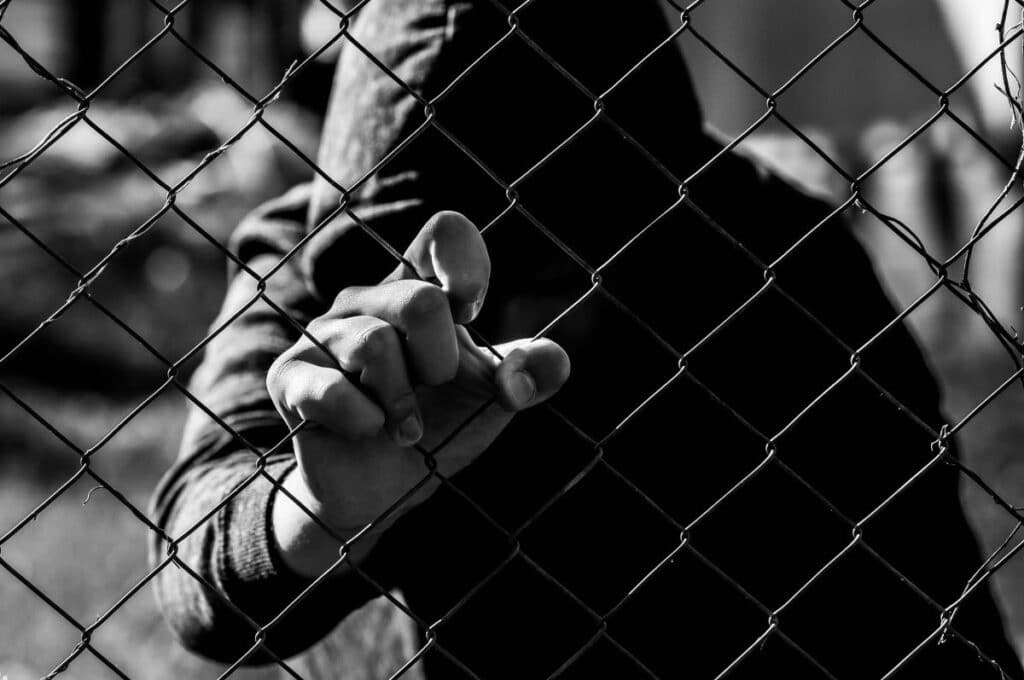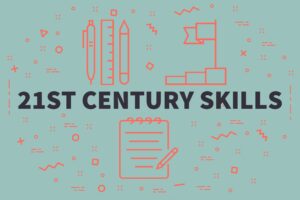Education in America is fundamental to student growth and future success. Within our K-12 system there are both positives and areas of growth that are needed. It has long been known that students of color are suspended or expelled from school at a higher rate than others. In fact, according to LearningforJustice.org. African American students are 3.5 times more likely to be suspended or expelled than their white counterparts.
Additionally, although students with disabilities make up 8.6 percent of the American public school system, these students account for 32 percent of students in juvenile detention centers. This leads to hire incarnation rates for African American and Hispanic students later in adulthood. In order to understand how high suspension and expulsion rates affect students, it is essential to understand the school-to-prison pipeline.
What is the School-to-Prison Pipeline?
The school-to-prison pipeline refers to a combination of strict zero-tolerance policies, increased presence of law enforcement in schools, and the implementation of disciplinary practices outside of school that result in the incarnation of students.
School Resource Officers or (SRO’s) are very important in protecting the students and ensuring the overall safety of school personnel. Although the SRO is essential, often, teachers or school administrators may have a SRO detain or intervene with an unruly student. African American students account for 18 percent of the public school population, but 46 percent of students who have been suspended more than once.
High suspension and expulsion rates and a lack of representation with teachers and school administrators harm both students of color and students with disabilities. The school-to-prison pipeline is not the result of just a higher SRO presence, strict zero-tolerance policies, and high suspension and expulsion rates. It is a combination of all of these practices and the results can be damaging to students for a lifetime. In order to understand the school-to-prison pipeline it is important to know the causes of the school-to-prison pipeline.
Causes of the School-to-Prison Pipeline
The primary causes of the school-to-prison pipeline are harsh penalties and zero-tolerance policies for students, and a different handling of disciplinary actions for students of color. According to the National Center for Educational Statistics (NCES) 77.7 percent of school principals were white, 8.9% were Hispanic, 2.9 percent other, and 10.5 percent were African American. There can often be a cultural divide or misrepresentation of values when students don’t see teachers and administrators who look like them. This translates into less tolerance for student behavior and what is seen as a lack of respect for authority. The school-to-prison pipeline leads to the eventual mass incarnation of black and Hispanic students and adults.
Solutions to the School-to-Prison Pipeline
Solutions to the School to Prison pipeline include:
- Increasing the amount of guidance counselors and social workers.
- Reducing classroom size.
- Adopting Restorative Justice Practices. Today’s students bring with them a variety of challenges and issues from their home life.
Students of poverty have a lack of resources at home, maybe at the threat of losing their home, or a transient student who moves around a lot. Additionally, add these factors to the normal stresses of being a growing student and attempting to understand an ever-changing world, students need access to professional social workers and counselors. These experts know emotional management techniques, can identify ways to prevent stress, and can teach conflict resolution skills.
Reducing classroom sizes helps teachers with personalized learning and decreases classroom distractions. Having effective classroom management is vital to students’ feeling comfortable in the learning environment and teachers’ being able to help students achieve academically.
Furthermore, it is important to find ways to promote student mental health. This gives students the skills to learn about emotional intelligence and how to navigate and go through life’s many unseen challenges. School administrators can also give teachers and staff professional development on classroom management, technology use, and how to create a positive school environment. Principals can enhance education of students and teachers with positive and forward-thinking leadership.
Providing innovative staff training in schools for teachers and staff in the building helps improve the morale of teachers and their ability to make an impact on students academically and socially. Improving the livelihood of all students comes from focusing on academics, social reform, and understanding the unique family dynamics of students in today’s K-12 school system.
Preparing today’s youth for the future involves finding solutions to the school to prison pipeline, increasing support for families, and promoting leadership at all levels from families, students, teachers, and administrators. Improvements can be made and this will benefit students, families, and the future leaders of American society.
Educators never stop learning; check out our available graduate degree programs to hone your skills and promote lifelong learning and academic excellence.




